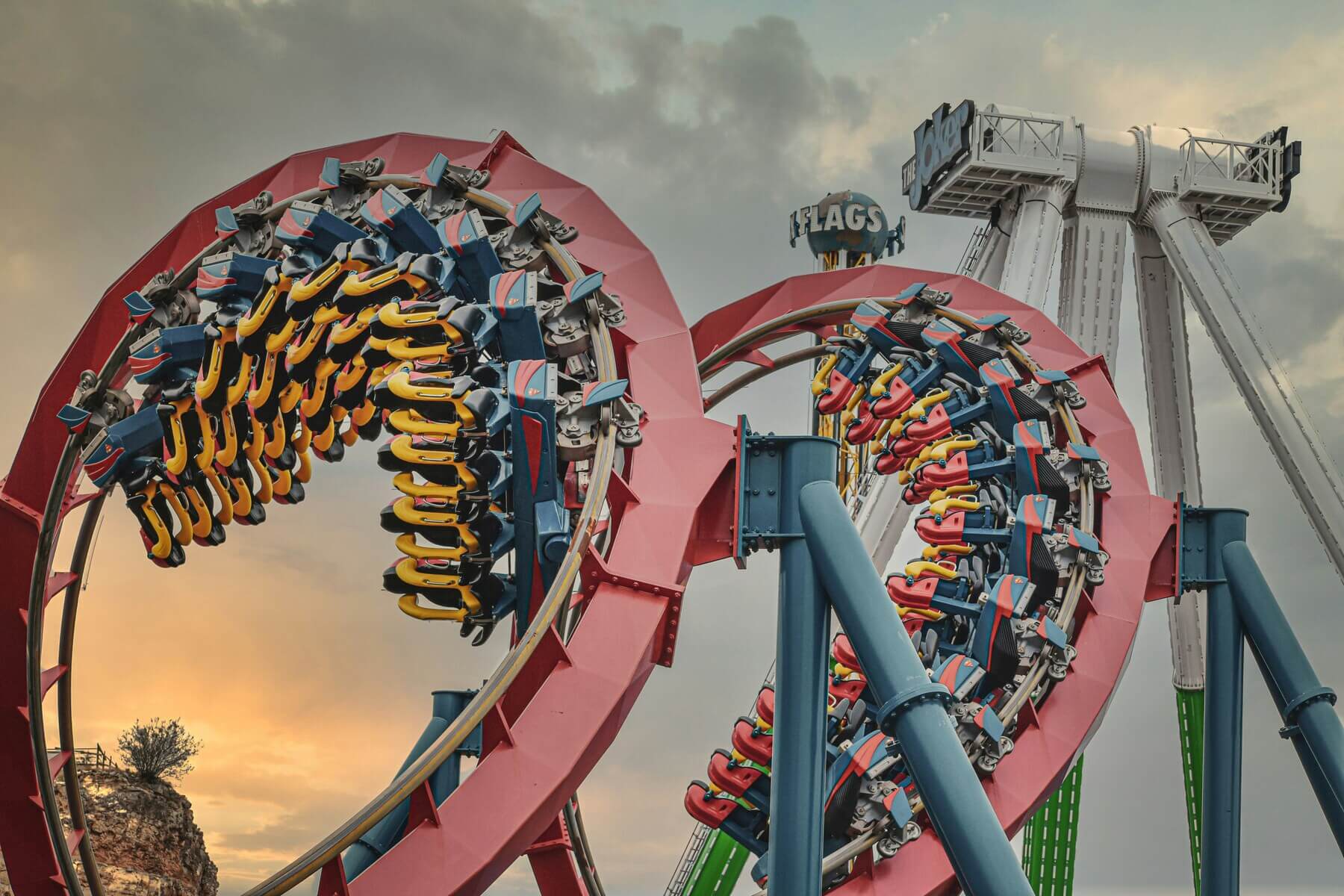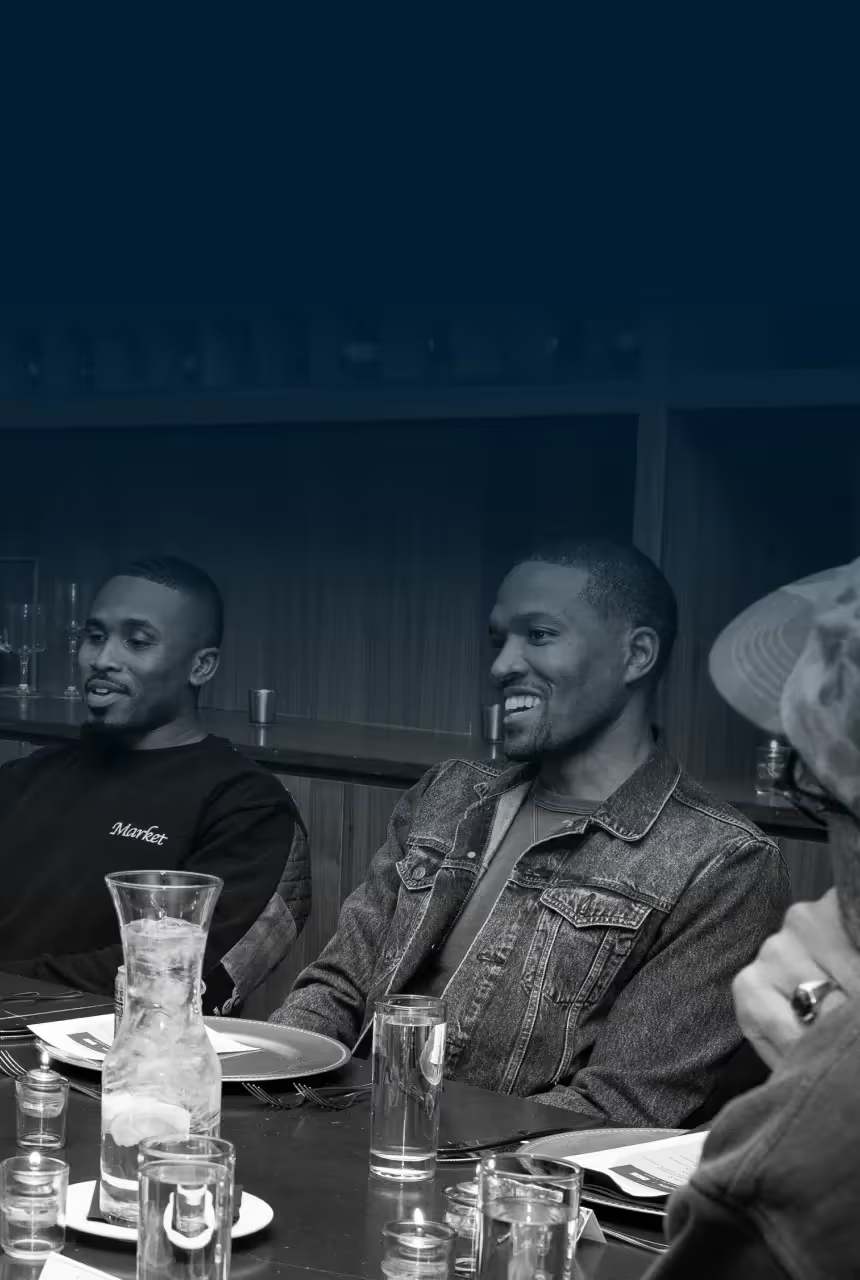What Six Flags Struggles Say About The Entertainment Industry

Today’s memo below is about Six Flags’ struggles and what it tells us about the broader entertainment landscape.
Last week, I read The Wall Street Journal's analysis of Six Flags, a company that has been going through it, to put it lightly. A 9% drop in annual attendance, broken rides, and over $100 million in losses this summer alone, which led to a fraud investigation. Earlier this year, the company completed its long-delayed merger with Cedar Fair, but the challenges that led to that merger have mirrored a bigger story about entertainment.
This story hit home for me. Growing up, the height of my summer was going to our local amusement park, Riverside Park, which later became Six Flags New England in 2000. That place had everything. Rides, games, water parks, Dippin’ Dots, and plenty of other people my age. What more could I want?
This was also the point in my life when I played the PC game Rollercoaster Tycoon religiously. As a teenager who thought he knew everything, I thought I could run that place myself. If I can print money in a video game, I can print money in real life.
But I naively wouldn’t have predicted a future where Six Flags, a nationwide institution, would struggle. Knowing what I know now, though, it was all inevitable.
Today, Six Flags is stuck in what Wall Street Journal’s Jacob Passy named a “Never-ending arms race” for American entertainment dollars:
“Parks aimed at families with young children are popping up across the country, cashing in on franchises such as Lego, Mattel, and Peppa Pig. These parks, which are generally smaller in size, are competing for the lower end of the age range that once might have considered Six Flags as its local, go-to theme park…
Meanwhile, for Americans willing to spend big on a theme-park visit, Universal and Walt Disney have been upping their game…
Even the rise of companies like Topgolf, which gamified the driving range, and upscale bowling alley Bowlero are siphoning off money that might once have been spent at Six Flags, analysts said.”
Six Flags fell victim to the same trend that exists all over the entertainment, media, and business world. On one end of the barbell, established major players continue to get bigger. At the other end, the smaller niche entrants have succeeded. It’s the companies in the middle of the barbell that get squeezed out.
Here are other sectors that have their own “Six Flags.”
Live music. The megastars gross over $10 million each from their stadium tour stops. The rising niche stars can sell out their small-cap rooms. But the not-superstar-but-not-rising-niche concert tours can struggle. They try to perform in bigger arenas and amphitheatres to justify rising costs, but struggle to fill those rooms and lose money as a result.
Video games. Mobile games revenue declined 2% in 2022 after years of steady growth, according to Sensor Tower. Many casual gamers have shifted attention to TikTok, Instagram Reels, and YouTube Shorts. Meanwhile, tentpoles like Rockstar’s Grand Theft Auto franchise continue to thrive. GTA 6 is projected to be the largest gaming release of all time.
Film. The barbells are dominated by big-budget, IMAX-worthy IP-driven movies on one side, and niche indie cinema on the other. Those mid-budget romcoms are a thing of the past. There are mid-budget outliers based on original screenplays, like Anyone But You, but those are exceptions.
To be clear, this dynamic existed well before the internet and social media took over. Department stores like K-Mart and Ames got squeezed by Walmart, Target, and the rise of Amazon.
But when our attention is algorithmically-driven, the trend intensifies. Our feeds are filled with the most clickable “tentpoles” or the most specific “niches” that we’re into.
The barbell effect isn't going away; it's accelerating. Which companies will get squeezed out of the middle next? Will they be able to adapt in time?
Chartmetric Stat of the Week - Clipse
A few weeks ago, I wrote about the “mainstream to me” concept of how Clipse’s latest album release, Let Get Sort Em Out, was “mainstream” in my algorithm, but Justin Bieber’s and Morgan Wallen’s albums may have had more units sold and were “mainstream” for their fans' feeds, too.
That week, Clipse had 77.49 million U.S. on-demand streams, Bieber’s had 198.77 million, and Wallen’s likely had over 160 million based on estimates.
“You tell the true stories. Not just the end product, but how you get to the end product. Your point of view on it is dope.”

"The stuff that Trapital puts out is fantastic. Really interesting insights into the industry, artists trends, and market trends."





.avif)



